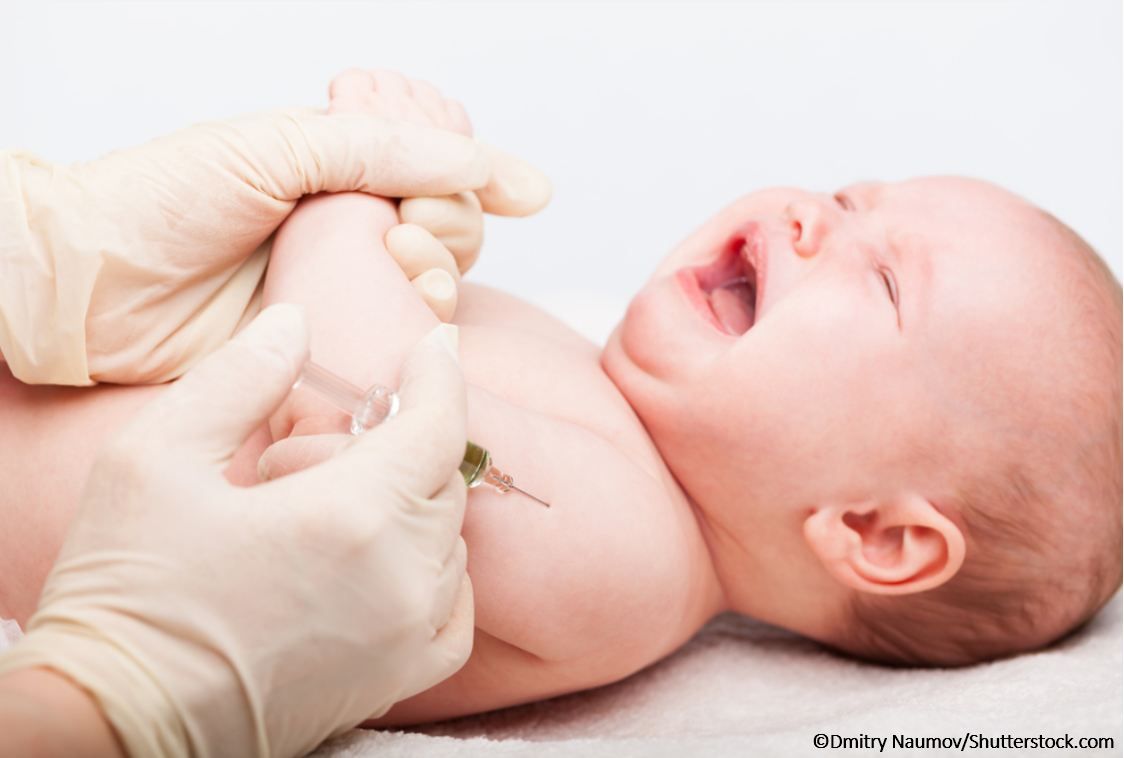CDC Health Advisory: Nirsevimab Shortage to Last All RSV Season
The 100 mg dose prefilled syringes are in particularly short supply and while the shortage of the 50 mg dose is not as severe, supply will be limited this season.
The Centers for Disease Control and Prevention (CDC) issued a health advisory on Monday October 23, 2023 detailing limited availability of nirsevimab (Beyfortus, Sanofi), the long-acting monoclonal antibody immunization approved by the US Food and Drug Administration in July 2023 to prevent respiratory syncytial virus- (RSV) related lower respiratory tract disease (LRTD) among infants and young children.1
In August 2023, the CDC’s Advisory Committee on Immunization Practices (ACIP) recommended nirsevimab for all infants aged younger than 8 months born during or entering their first RSV season and for infants and children aged 8–19 months who are at increased risk for severe RSV disease and are entering their second RSV season.2
©Dmitry Naumov/Shutterstock.com

According to manufacturer, the unprecedented early demand for the immunization has outpaced the company’s aggressive supply plan, with the prefilled syringes of 100-mg doses used for infants weighing 5 kg or more at the greatest premium.3 Although the shortage of 50-mg dose prefilled syringes is not as severe, supply will likely be limited during the RSV season, the companies said.3 The CDC is working with the manufacturer on strategies to boost the supply of nirsevimab, however the agency has issued several interim suggestions for both health care providers and the public on how to adapt to the shortage.1
CDC recommendations
For infants weighing less than 5 kg, the original ACIP recommendations remain unchanged, according to the advisory.1 A 50 mg dose is recommended now for infants born before October this year and for those born during October and for the remainder of the 2023-2024 RSV season, a 50 mg dose of nirsevimab should be administered within the infant’s first week of life.1
For infants who weigh 5 kg or more, the agency recommends prioritizing the 100 mg doses for those at highest risk for severe RSV-related LRTD to include infants younger than age 6 months, those aged 6 to less than 8 months with underlying conditions that increase their vulnerability, and for American Indian and Alaska Native infants aged younger than 8 months.1
The agency advises against using two 50 mg doses in infants weighing 11 or more lbs in order to protect the supply of 50 mg doses for infants weighing less than 11 lbs.1 The CDC cautions providers further that some insurance companies may not cover the cost for two 50 mg doses in an individual infant.1
Palivizumab. In children aged 8 to 19 months who are eligible to receive palivizumab, the CDC cites guidance from the American Academy of Pediatrics that recommends against using nirsevimab for the 2023–2024 season.1 Exceptions should be made for administration of nirsevimab to American Indian and Alaska Native children between 8 and 19 months of age who are not eligible for pavilizumab.1
Maternal RSVpreF. In guidance for health care professionals and the public, the agency advisory encourages providers to discuss nirsevimab supply concerns with pregnant women and suggest that they receive RSVpreF vaccine from Pfizer (Abrysvo). The vaccine, given between 32 through 36 weeks/6 day’s gestation, is effective for protecting neonates from RSV-LRTD. Maternal and neonatal vaccination is not necessary, the CDC says; one or the other is sufficient for the newborn’s protection.
For families and communities, the agency recommends observing standard infection prevention measures to help limit the spread of all respiratory viruses this season, including regular hand washing, covering coughs/sneezes, disinfecting frequently touched surfaces, and staying at home when sick.
“Sanofi is in close collaboration with the [CDC] to ensure equitable distribution of available doses through the Vaccines for Children Program. Our approach for distribution across the private marketplace will be similar,” Sanofi said in the release.3 “We are working with our Alliance partner in charge of manufacturing, AstraZeneca, to accelerate additional supply and explore a number of actions to extend the manufacturing network.”